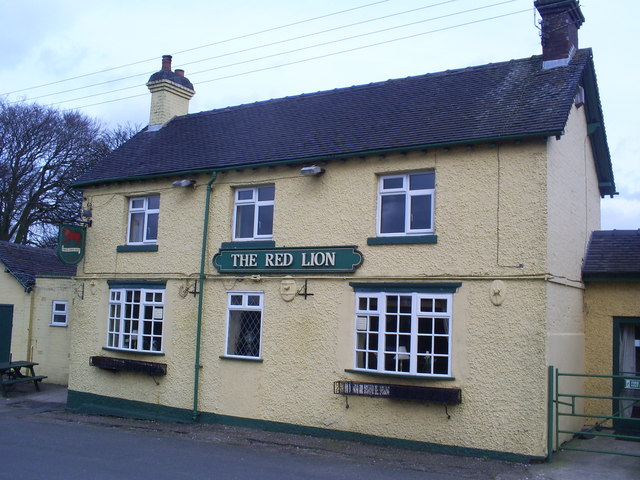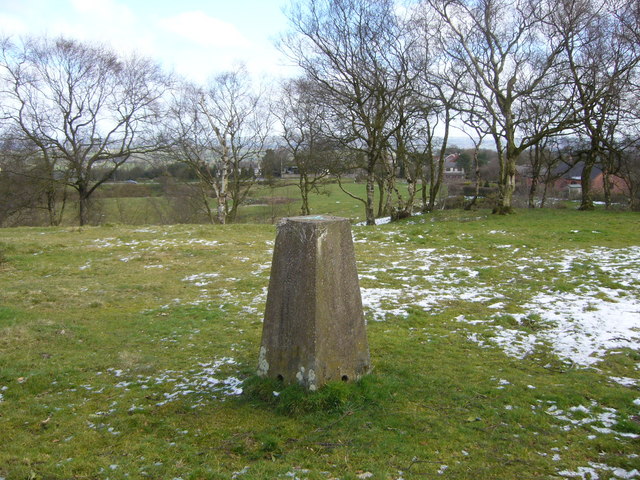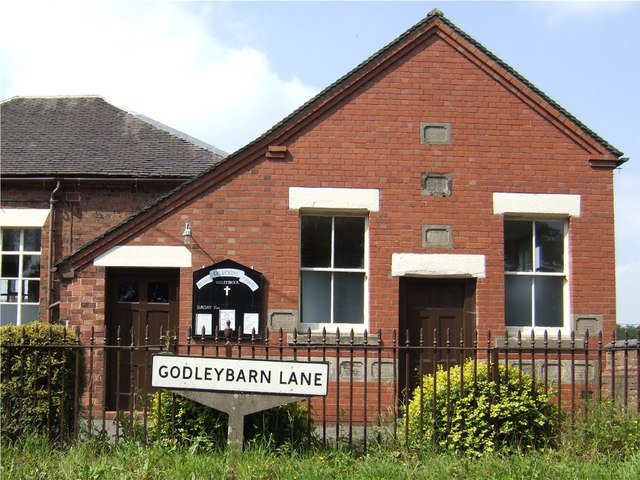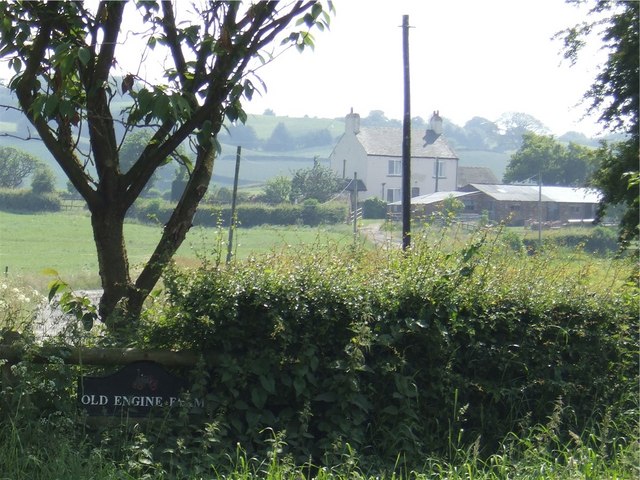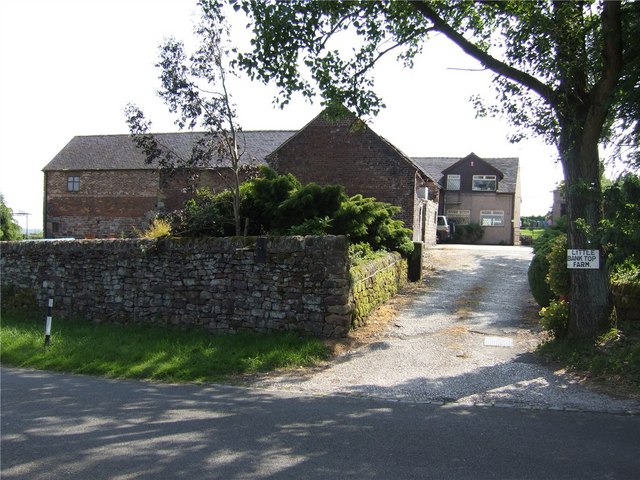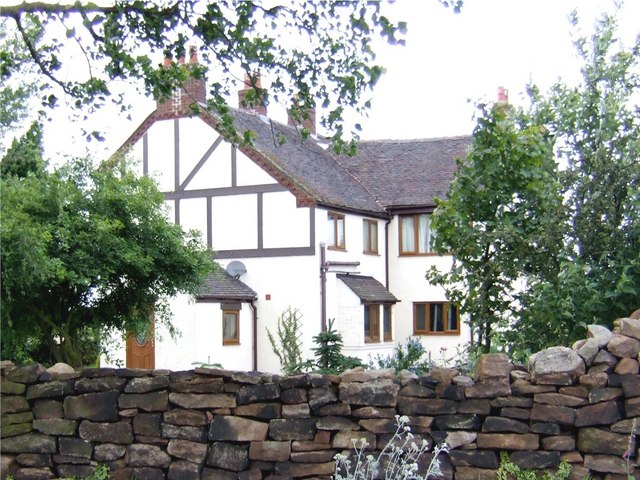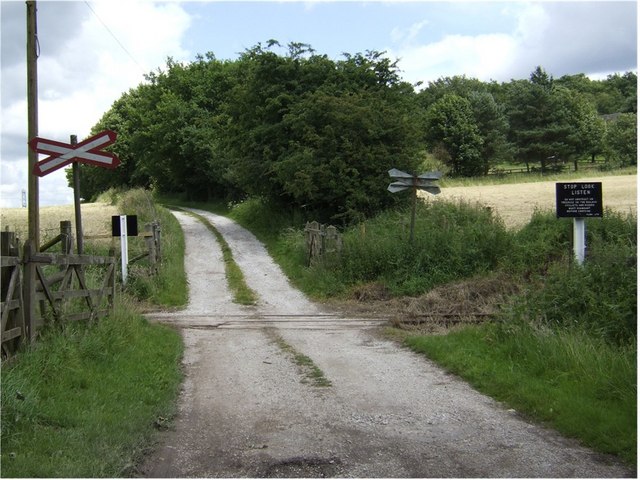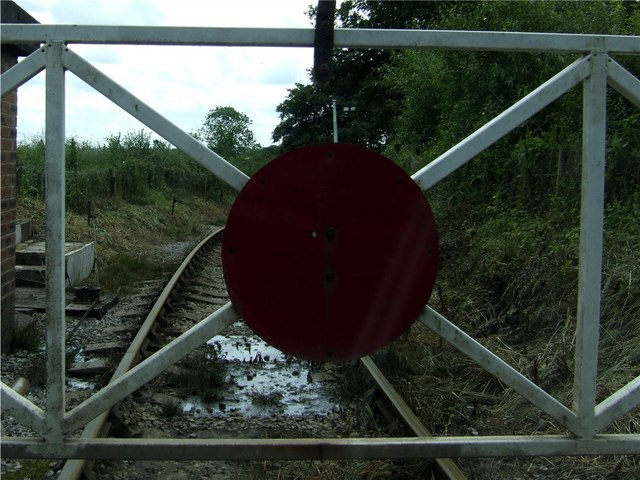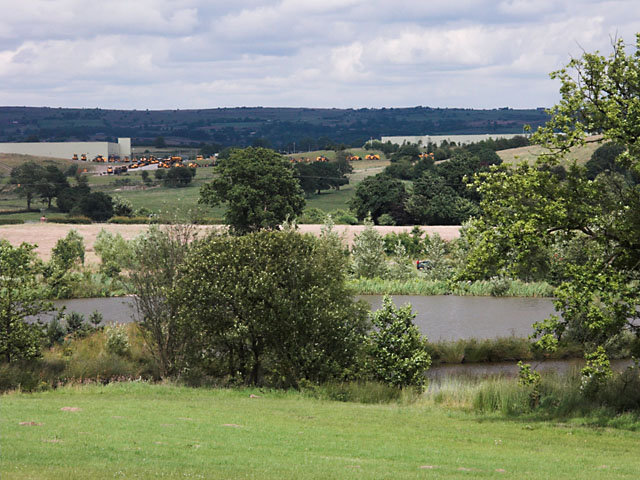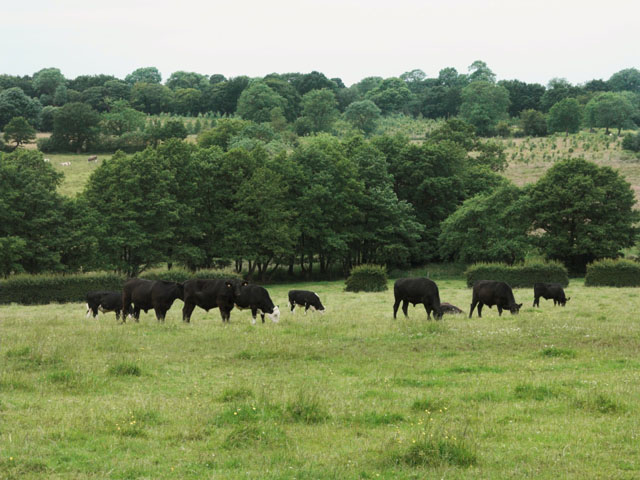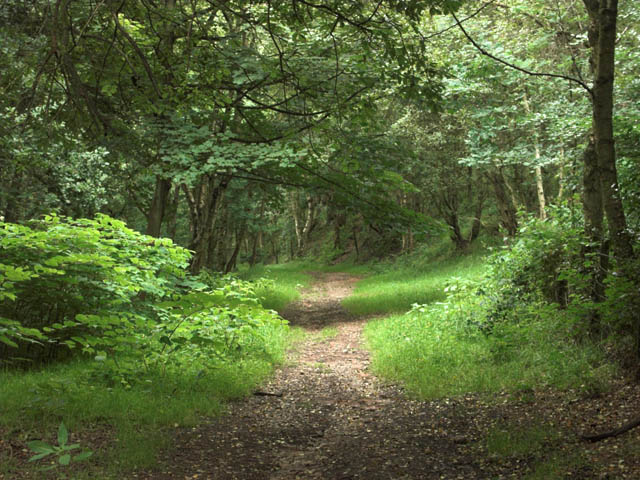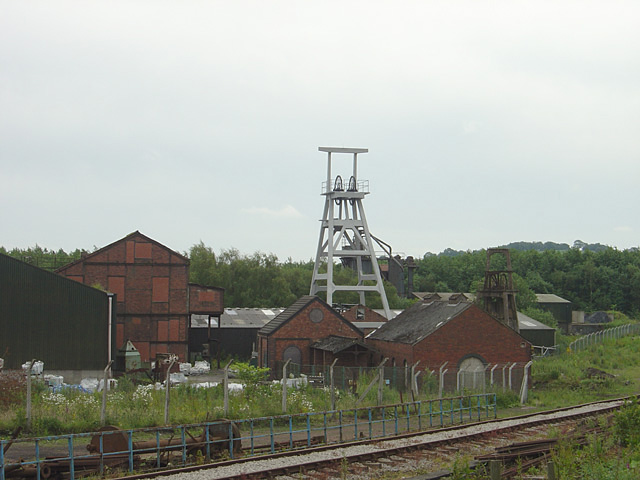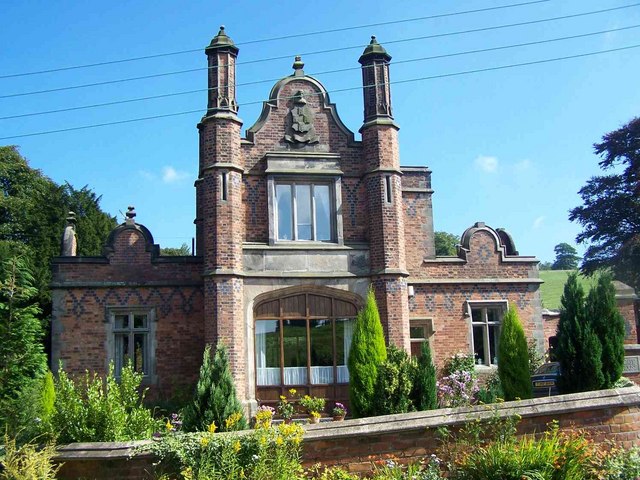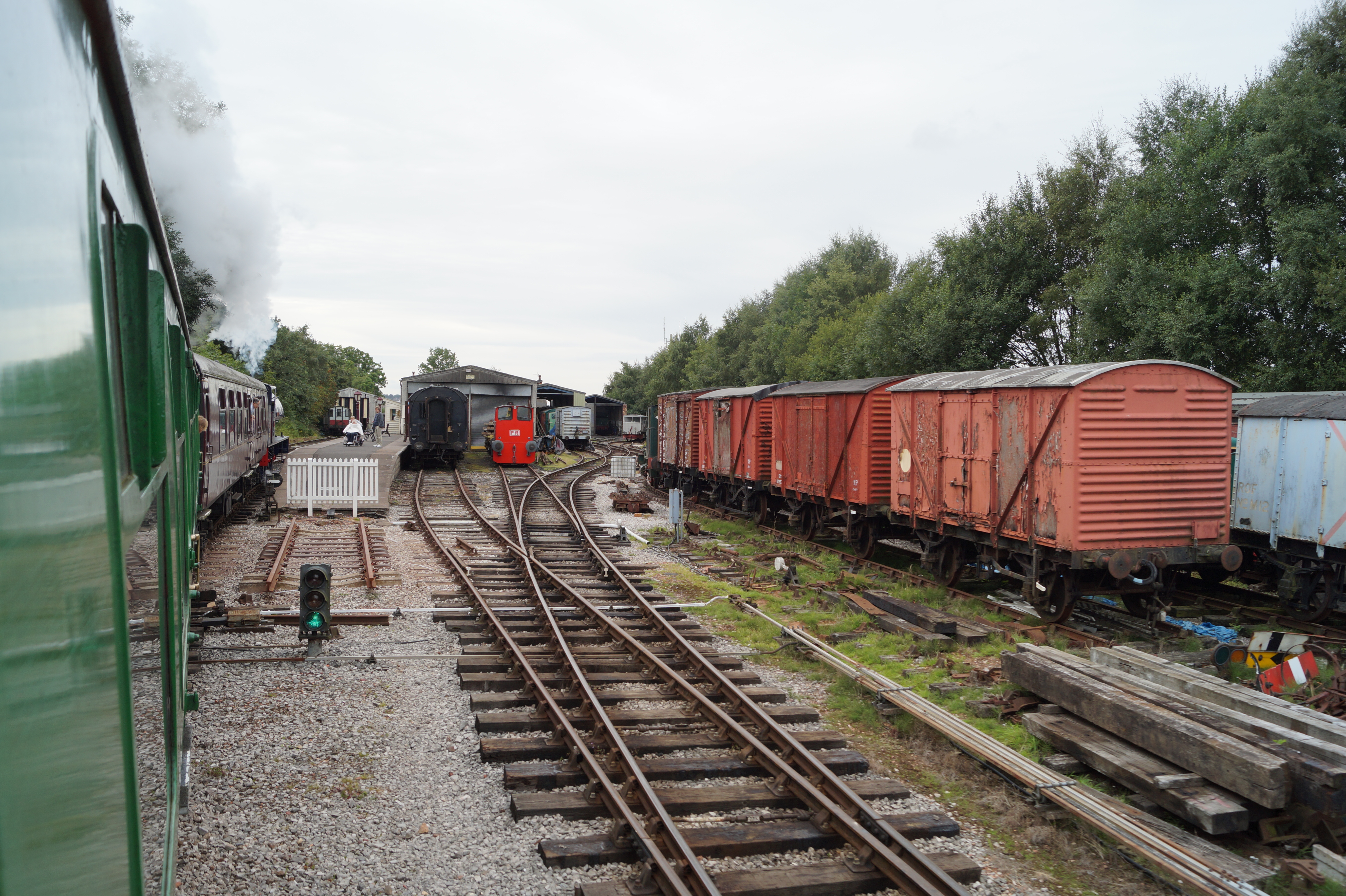Whympney Wood
Wood, Forest in Staffordshire Staffordshire Moorlands
England
Whympney Wood

Whympney Wood is a picturesque forest located in Staffordshire, England. Covering an area of approximately 100 acres, it is a popular destination for nature lovers and outdoor enthusiasts. The wood is characterized by its diverse range of trees, including oak, birch, and beech, which create a stunning canopy during the summer months.
The wood is home to a wide variety of wildlife, making it an ideal spot for birdwatching and animal spotting. Visitors may be lucky enough to catch a glimpse of deer, foxes, squirrels, and a variety of bird species. The tranquil atmosphere and peaceful surroundings provide a perfect escape from the hustle and bustle of everyday life.
Numerous walking trails crisscross the wood, allowing visitors to explore its beauty at their own pace. The paths are well-maintained and easy to navigate, making it suitable for people of all ages and abilities. Along the way, there are benches and picnic areas where visitors can take a break and enjoy the serenity of the forest.
Whympney Wood is also a popular spot for educational visits and school trips. The woodland offers a unique opportunity for children to learn about the natural environment and the importance of conservation. Educational programs and guided tours are available to enhance the learning experience.
Overall, Whympney Wood in Staffordshire is a hidden gem for nature enthusiasts, offering a peaceful retreat amidst beautiful surroundings. Whether it's a leisurely stroll or an educational adventure, this forest provides an escape into nature's embrace.
If you have any feedback on the listing, please let us know in the comments section below.
Whympney Wood Images
Images are sourced within 2km of 52.994266/-2.0404527 or Grid Reference SJ9744. Thanks to Geograph Open Source API. All images are credited.
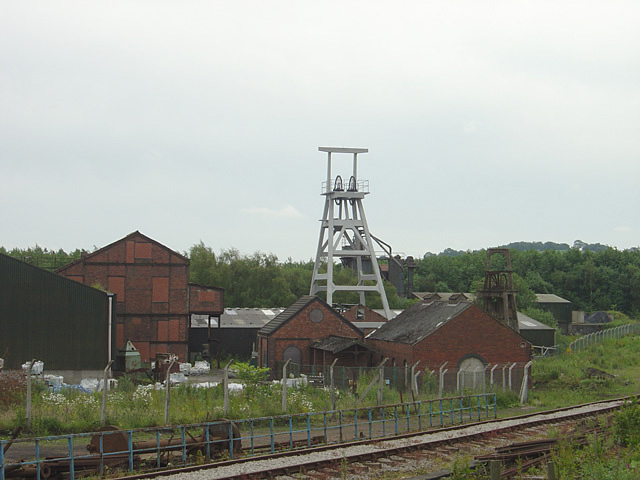
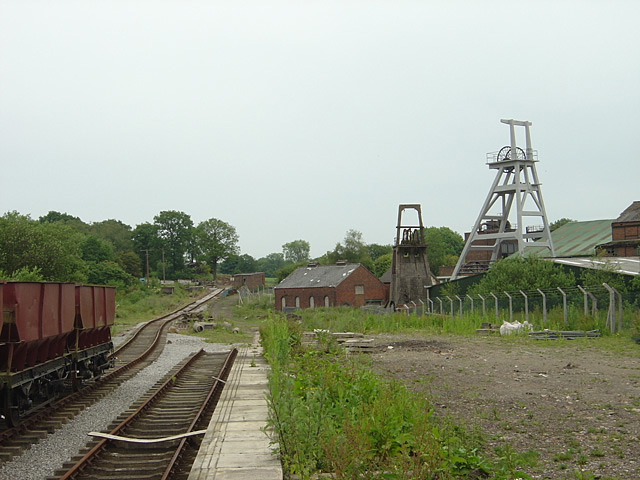
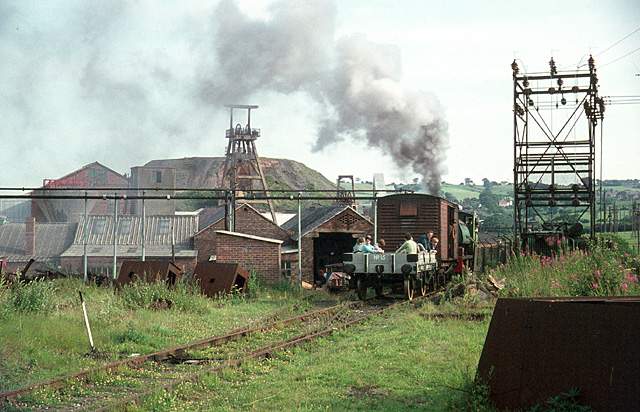
Whympney Wood is located at Grid Ref: SJ9744 (Lat: 52.994266, Lng: -2.0404527)
Administrative County: Staffordshire
District: Staffordshire Moorlands
Police Authority: Staffordshire
What 3 Words
///memory.podcast.streak. Near Cheadle, Staffordshire
Nearby Locations
Related Wikis
Dilhorne
Dilhorne is an ancient parish and village in Staffordshire, three miles from Cheadle and six miles from Stoke-on-Trent. The village is within the Staffordshire...
Dilhorne Hall
Dilhorne Hall located in Dilhorne, Staffordshire, England, was the ancestral home of the Buller family. == History == The Hall occupied an area of approximately...
Dilhorne Park railway station
Dilhorne Park railway station is a heritage railway station in Staffordshire on the Foxfield Railway. The station is a halt set in woodland, and at 760...
Caverswall
Caverswall is a village and parish in Staffordshire, to the south west of Staffordshire Moorlands. In the middle of the 19th century there were about 1500...
Forsbrook Pendant
The Forsbrook Pendant is a piece of Anglo Saxon jewellery found in Forsbrook, Staffordshire, England and sold to the British Museum in 1879. It is a 7th...
Foxfield Railway
The Foxfield Railway is a preserved standard gauge line located south east of Stoke-on-Trent. The line was built in 1893 to serve the colliery at Dilhorne...
Caverswall Road railway station
Caverswall Road railway station is a heritage railway station on the Foxfield Railway in Staffordshire. It serves as the centre of the railway's operations...
Caverswall Castle
Caverswall Castle is a privately owned early-17th-century English mansion built in a castellar style upon the foundations and within the walls of a 13th...
Nearby Amenities
Located within 500m of 52.994266,-2.0404527Have you been to Whympney Wood?
Leave your review of Whympney Wood below (or comments, questions and feedback).
